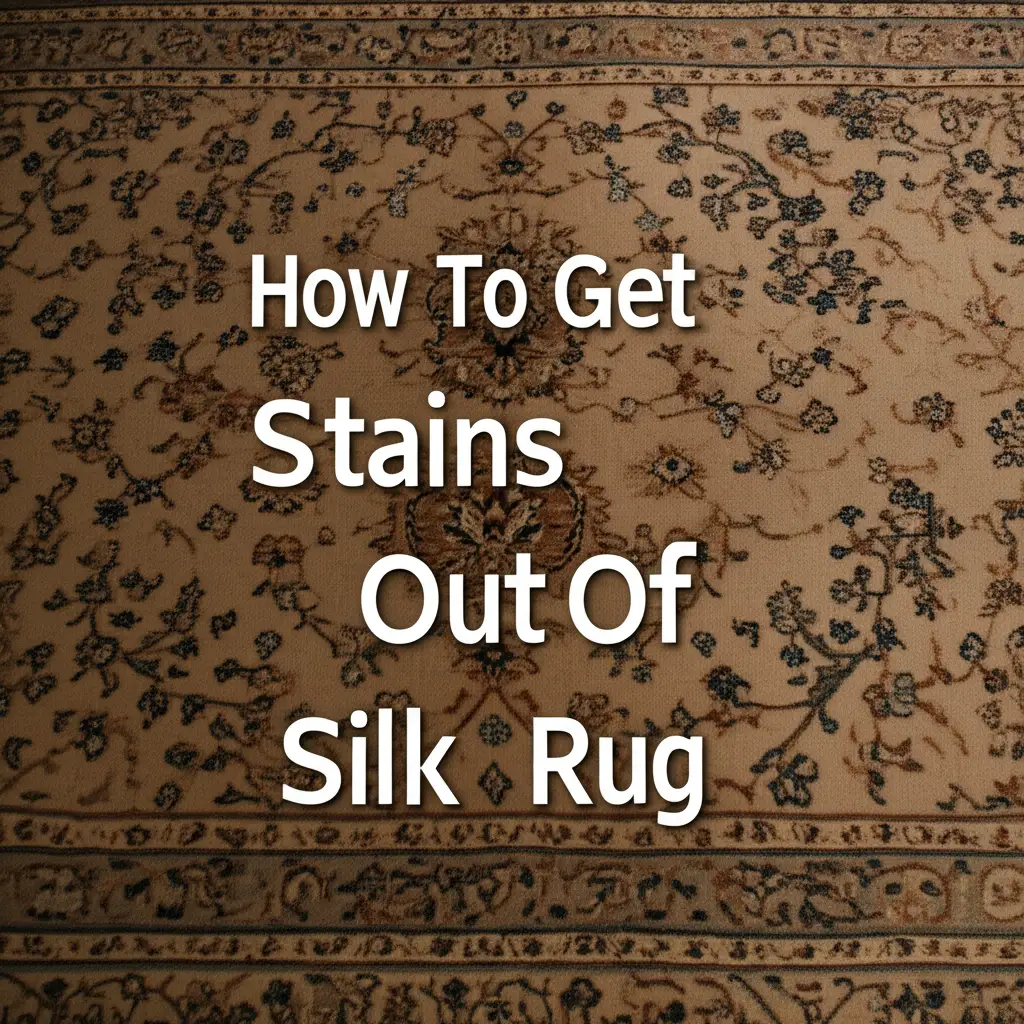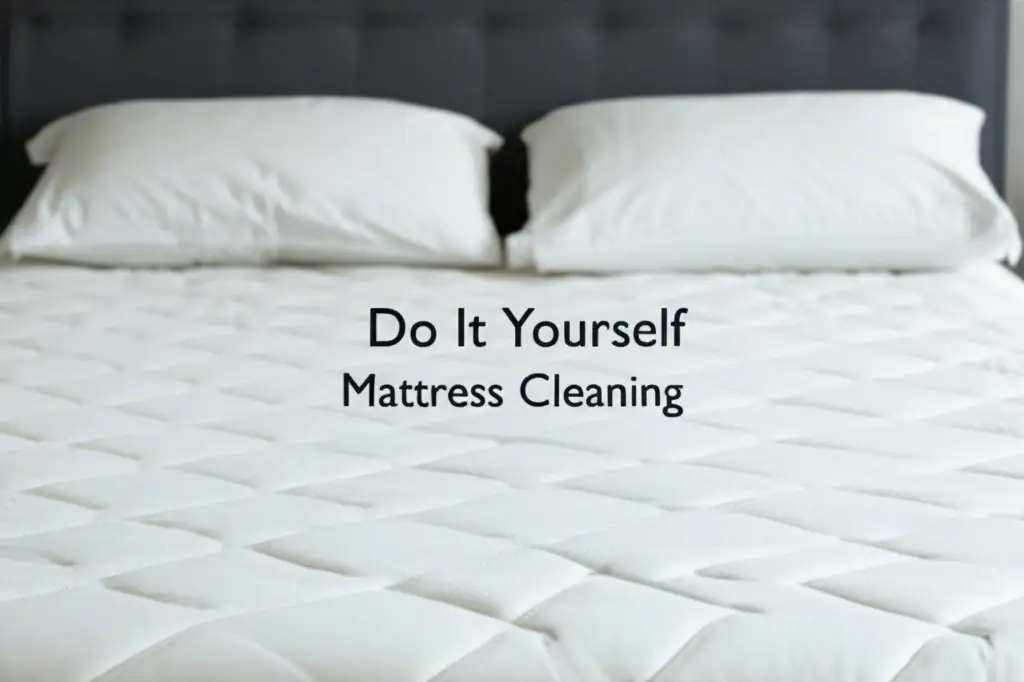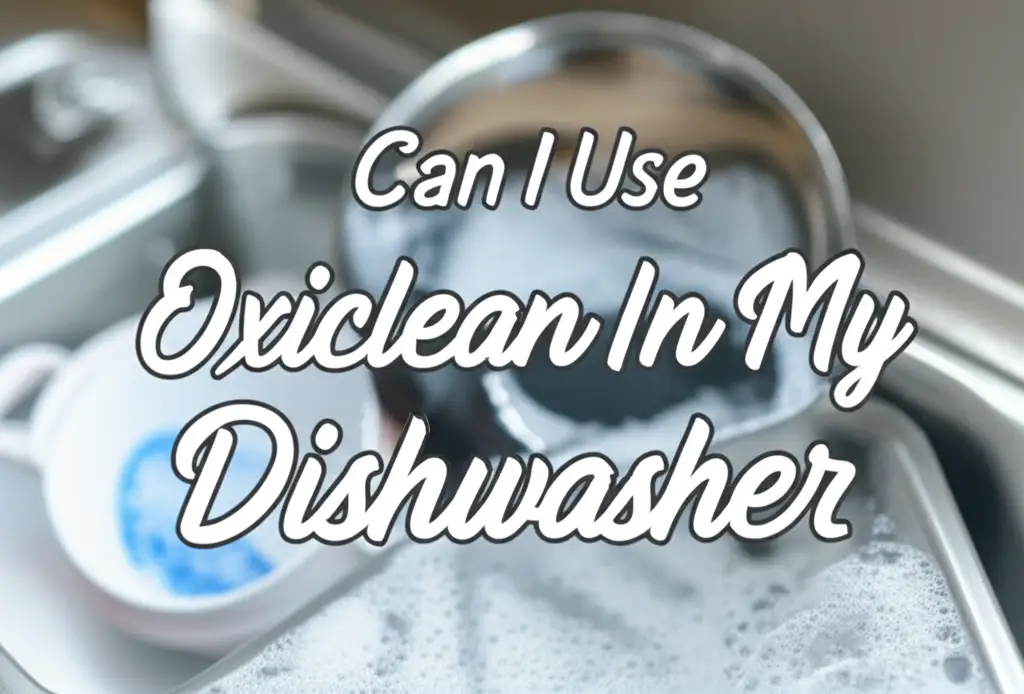· Elira Thomsen · Home Care · 17 min read
How To Get Stains Out Of Silk Rug

Getting Stains Out of Silk Rugs: A Gentle Approach
Silk rugs bring beauty and luxury to any home. Their soft feel and radiant sheen make them cherished items. However, their delicate nature also makes cleaning a concern, especially when dealing with spills and stains. You want to know how to get stains out of silk rug without causing damage. It is a common worry for many rug owners. My aim is to help you protect your investment and keep your silk rug looking its best. This guide provides clear steps for safe and effective silk rug stain removal. We will cover immediate actions, proper tools, and safe cleaning methods. You will also learn about drying and preventing future stains.
Takeaway
- Act fast. Blot spills immediately to prevent deep setting.
- Test cleaning solutions on a hidden area first.
- Use gentle products like mild dish soap or white vinegar.
- Avoid harsh chemicals, scrubbing, or excess water.
- Air dry the rug completely and gently.
Clear Answer to the Main Query
To get stains out of a silk rug, act quickly by blotting the spill. Test a mild, pH-neutral cleaner on an unseen area. Apply the solution gently with a clean cloth, working from the stain’s edge inward. Blot the area repeatedly, then rinse with a damp cloth and allow the rug to air dry completely.
Understanding Your Silk Rug: Why It Needs Gentle Care
Silk rugs are unique. They are different from other types of rugs. Silk fibers are strong yet very fine. This fine structure gives them their characteristic softness and beautiful sheen. This also makes them sensitive to harsh treatments. I know you want to keep your rug beautiful. This means understanding its special needs.
Silk absorbs liquids easily. Stains can set quickly and deeply into the fibers. This is why fast action is key when spills happen. Harsh chemicals or aggressive scrubbing can damage the silk. They can remove its natural luster or cause color fading. Water can also cause problems if used improperly. Too much water can lead to watermarks or even mold.
Cleaning a silk rug is not like cleaning a wool or synthetic rug. You cannot simply scrub away a stain. Each action must be gentle. The goal is to lift the stain, not to push it deeper or harm the fibers. Many people wonder how to handle such delicate items. Rest assured, you can learn to clean your silk rug safely. Think of it like caring for a fine garment. A hand-washing approach is usually best for spot cleaning. If you are ever unsure, a professional can offer expert help. Learning how to clean a rug by hand is a valuable skill for any rug owner. This gentle approach applies especially to silk.
Essential Tools and Solutions for Silk Stain Removal
Having the right tools and solutions ready makes stain removal easier. You do not need many items. Simple, gentle products are often best for silk. I always recommend having these on hand for quick action. Using the wrong product can damage your silk rug beyond repair. This is a common mistake I want you to avoid.
Here are the items you will need:
- Clean White Cloths or Paper Towels: Use plain white materials. Colored cloths can transfer dye to your rug.
- Mild Liquid Dish Soap: Choose a gentle, dye-free, and fragrance-free soap. A small amount goes a long way.
- White Vinegar: This is a gentle acid. It helps with many stains and can neutralize odors.
- Spray Bottle: A small spray bottle helps apply solutions lightly.
- Clean Water: Use cool or lukewarm water.
- Soft Brush or Sponge: For very light agitation if needed. Avoid stiff bristles.
- Hair Dryer (Optional): Use on a cool setting for faster drying if necessary.
What to avoid is just as important. Never use:
- Bleach or Ammonia-based Cleaners: These are too harsh. They will damage silk fibers and colors.
- Stain Removers for Synthetic Carpets: These are often too strong for delicate silk.
- Excessive Water: Silk absorbs water. Too much water can cause yellowing, shrinkage, or mildew.
- Scrub Brushes: These can pull or break silk threads.
- Steam Cleaners: High heat and moisture can permanently damage silk.
Always remember that less is more when it comes to cleaning silk. Gentle products and a careful touch protect your beautiful rug. Your vigilance in choosing proper tools helps preserve its natural beauty.
Step-by-Step Guide to Spot Cleaning Fresh Stains
Acting fast is the most important rule for fresh stains on a silk rug. The faster you act, the better your chances of full removal. I know it can feel stressful when a spill happens. But a calm, quick response is what your silk rug needs. Follow these steps carefully to spot clean. You will protect the delicate fibers and preserve your rug’s beauty.
Blot Immediately: Do not rub the stain. Rubbing pushes the spill deeper into the fibers. Use a clean, white cloth or paper towel. Press firmly on the stain to absorb as much liquid as possible. Work from the outside edge of the stain inward. This stops the stain from spreading. Repeat this step with fresh cloths until no more liquid transfers.
Prepare a Gentle Cleaning Solution: Mix a tiny amount (about a quarter teaspoon) of mild, dye-free dish soap with one cup of cool water. For some stains, a solution of one part white vinegar to one part water can also be effective. You can put this mixture into a spray bottle for light application.
Testing for Colorfastness
Before applying any solution to the stain, always test it first. Find a small, hidden area of your rug. This could be a corner under furniture or a part of the fringe. Apply a tiny amount of your chosen cleaning solution to this spot with a clean cloth. Let it sit for a few minutes. Then, blot it with a dry, white cloth. Check if any color comes off onto the cloth. Also, look for any changes in the rug’s texture or sheen in the tested area. If the color runs or the texture changes, do not use that solution. Try plain water or call a professional cleaner. This small test prevents bigger problems.
Apply the Solution Lightly: Dampen a clean, white cloth with your chosen cleaning solution. Do not pour the solution directly onto the rug. Gently dab the stained area with the damp cloth. Work from the outer edges of the stain towards the center. This helps prevent a water ring. Apply just enough solution to moisten the stain, not saturate the rug.
Blot and Repeat: After applying the solution, immediately blot the area with a dry, clean cloth. You should see the stain transferring to your clean cloth. Keep repeating step 3 and 4. Use fresh parts of your damp cloth for applying and fresh dry cloths for blotting. Continue until the stain is gone or no more color transfers.
Rinse Gently: Once the stain is removed, you need to rinse the area. Dampen a new, clean white cloth with plain cool water. Gently blot the cleaned area. This removes any soap residue. Residue can attract dirt later or cause yellowing. Repeat this rinsing and blotting process several times. Make sure all soap is gone.
Dry Immediately: Proper drying is very important for silk rugs. After blotting, press firmly with dry towels to remove as much moisture as possible. Then, elevate the cleaned area if possible, or place dry towels underneath. Use a fan to circulate air around the spot. You can also use a hair dryer on a cool setting, held far from the rug. Never use heat, as it can damage silk fibers. Ensure the area is completely dry before walking on it or placing furniture back.
Dealing with Different Stain Types on Silk
While the general steps apply, some stain types need specific initial actions. For oil-based stains, you might pre-treat with a small amount of cornstarch or talcum powder to absorb oil before cleaning. For pet stains, act extremely fast. Pet urine can permanently damage silk. Blot pet stains thoroughly, then use a white vinegar solution to neutralize odors. While principles of prompt action are shared, remember that a silk rug requires more delicate care than a standard carpet. For more general advice on pet stains, consider tips for how to clean carpet stains pets, but apply them with extreme caution for silk.
Tackling Older or Stubborn Stains on Silk Rugs
Older stains present a bigger challenge for silk rugs. They have had more time to set into the fibers. Removing them requires patience and even more caution. I understand you want to restore your rug to its original beauty. Just remember, some old stains might be permanent, especially if not treated correctly before. Your goal here is improvement, not always complete eradication.
When you deal with older stains, you follow similar steps as for fresh stains. The difference is you might need to repeat the process many times. You also need to be extra careful not to over-saturate the rug.
Re-hydrate the Stain (Carefully): For very old, dried stains, you might need to gently re-hydrate the area. Lightly mist the stain with plain cool water. Let it sit for a few minutes. This can help loosen the dried material. Blot any excess water.
Apply Cleaning Solution Repeatedly: Use your mild dish soap solution or vinegar solution. Dampen a clean white cloth. Gently dab the stain. Blot with a dry cloth immediately. You will need to repeat this cycle. Apply solution, blot, apply solution, blot. Continue this until you see improvement. You might only see a small amount of stain transfer with each repetition. This is normal for older stains.
Consider a Gentle Enzyme Cleaner (Last Resort for Organic Stains): For organic stains like pet accidents or food, a specialized enzyme cleaner formulated for delicate fabrics might help break down the stain. Always test it first on a hidden area. These cleaners are more aggressive. Use them only if other methods fail. Apply sparingly and rinse thoroughly.
Be Patient: Old stains rarely disappear with one treatment. Give the rug time to dry between attempts if the stain is very stubborn. Sometimes, multiple short cleaning sessions over a few days are more effective than one long, harsh attempt.
Know When to Stop: If the stain does not improve after several gentle attempts, stop trying to remove it yourself. Continued effort can damage the silk fibers or cause color loss. At this point, it is best to consult a professional rug cleaner. They have specialized tools and knowledge for difficult stains. While the methods for how to get older stains out of carpet can be more aggressive, remember silk’s delicate nature requires a much gentler hand.
Drying Your Silk Rug Safely After Cleaning
Drying a silk rug properly is as important as the cleaning itself. Improper drying can cause more damage than the stain did. It can lead to yellowing, mildew, shrinkage, or a stiff texture. Your goal is to dry the rug quickly and completely, but without heat. I have seen many beautiful rugs ruined by incorrect drying. Let’s make sure yours is not one of them.
Here are the steps for safe drying:
Maximize Blotting: After cleaning and rinsing, the first step is to remove as much moisture as possible by blotting. Press down firmly on the cleaned area with clean, dry white towels. You can even stand on the towels to apply more pressure. Replace the towels as they become damp. Keep blotting until no more moisture transfers to the towels. This is crucial for silk.
Promote Air Circulation: Once most surface moisture is gone, air circulation is key. Move your rug to an area with good airflow. You can open windows or use fans. Direct a fan toward the cleaned spot. This helps evaporate any remaining moisture quickly. Do not put the rug in direct sunlight. Sunlight can fade silk colors.
Elevate the Area (If Possible): If your rug is small enough, you can hang it over a sturdy clothesline or railing. Ensure the support is clean and will not transfer color. For larger rugs, place clean, dry towels or newspaper underneath the cleaned spot. This helps absorb moisture from the back of the rug. Elevating allows air to circulate on both sides.
Avoid Heat: Never use high heat to dry a silk rug. This includes direct sunlight, radiators, or hot settings on hair dryers. Heat can shrink silk fibers. It can make them brittle or cause permanent yellowing. If you must use a hair dryer, use it only on the coolest setting and keep it at least 12 inches away from the rug. Keep the air moving over the spot.
Check for Dryness: Before moving the rug or walking on the cleaned area, ensure it is completely dry. Feel the top and the back of the rug. It should feel dry to the touch. Any remaining dampness can lead to mold or mildew over time. This also prevents the stain from reappearing as the moisture evaporates from deeper fibers. Be patient; complete drying might take several hours, depending on humidity and airflow.
Preventing Future Stains and Maintaining Silk Rug Beauty
Prevention is always easier than cleaning, especially for delicate silk rugs. Taking a few proactive steps can greatly reduce the risk of future stains. This also helps maintain the vibrant beauty and softness of your silk rug for years. I want your rug to stay a centerpiece in your home. These tips are simple ways to achieve that.
Strategic Placement: Think about where you place your silk rug. High-traffic areas or dining rooms are not ideal. Areas prone to spills, like under a coffee bar, should be avoided. Place silk rugs in quieter areas. Living rooms or bedrooms with less foot traffic are good choices. This reduces the chance of accidents.
Use Rug Pads: A good rug pad does more than just prevent slipping. It also provides a cushion that protects the rug fibers from wear. It can also create a barrier against moisture from the floor. This protects both your rug and your flooring. Choose a pad made for delicate rugs that allows for airflow.
No Shoes Rule: Encourage family members and guests to remove shoes before walking on the rug. Shoes track in dirt, dust, and tiny debris that can abrade silk fibers. They also bring in oils and stains. This simple rule makes a big difference in keeping your rug clean.
Immediate Spill Response: We have talked about this already, but it bears repeating. Every second counts with spills on silk. Keep clean white cloths nearby. Teach everyone in your home how to blot a spill immediately. Quick action stops stains from setting.
Regular Gentle Vacuuming: Vacuum your silk rug regularly. Use a vacuum cleaner with a brush roll that can be turned off. Or, use a hand attachment. A rotating brush can damage delicate silk fibers. Gentle suction removes dust and dirt before it becomes embedded. Vacuuming both sides helps remove dust from underneath. This type of routine care helps to keep a cream area rug clean, and the principle is even more important for silk.
Rotate Your Rug: If parts of your rug get more sunlight or foot traffic, rotate it every few months. This ensures even wear and helps prevent uneven fading. It also makes you inspect the rug for any minor issues.
Professional Cleaning Schedule: Even with the best care, silk rugs benefit from professional cleaning every few years. A professional cleaner knows how to deep clean silk safely. They remove embedded dirt that regular vacuuming misses. This extends the life and beauty of your rug.
When to Call a Professional Rug Cleaner
While spot cleaning can save your silk rug from many mishaps, there are times when professional help is essential. Knowing when to call an expert can prevent further damage. It ensures your valuable rug gets the specialized care it needs. I often tell people, sometimes the best cleaning method is to hire someone experienced.
Here are situations where you should call a professional:
- Large or Widespread Stains: If a stain covers a large area, or if there are multiple stains, home cleaning becomes risky. It is hard to clean a large area evenly without over-saturating the rug. Professionals have specialized equipment for this.
- Deeply Set or Older Stains: As we discussed, old stains are hard to remove. If your gentle attempts at removing an older stain fail, a professional has stronger, but still safe, solutions. They can use methods that are not available to the average homeowner.
- Unknown Stain Type: If you do not know what caused the stain, it is difficult to choose the right cleaning solution. Professionals can identify the stain. They then select the most effective and safest treatment.
- Delicate or Antique Rugs: Some silk rugs are extremely old or have unique, fragile constructions. These rugs require expert handling. A professional understands the historical and material nuances.
- Water Damage or Mildew: If your silk rug gets heavily wet, or if you suspect mildew, call a professional immediately. Water damage can lead to mold and fiber rot. Professionals can dry and treat the rug to prevent further issues. They have controlled drying environments.
- Concerns About Colorfastness: If your initial colorfastness test showed bleeding, you should not proceed with home cleaning. A professional can assess the dyes and find a method that protects the color.
- Overall Deep Cleaning: Even without specific stains, silk rugs need deep cleaning every few years. Dirt accumulates deep within the pile over time. Professional cleaning rejuvenates the rug and extends its life. They have the right tools and knowledge for a thorough clean without damage.
A professional cleaning service specializes in delicate rugs. They understand silk fibers and dyes. They have the proper cleaning agents and drying methods. Investing in professional care saves your rug in the long run.
FAQ
Can you use water on silk rugs?
Yes, you can use water on silk rugs, but with extreme caution. Use very small amounts of cool water. Avoid saturating the rug. Blot immediately to remove moisture. Too much water can lead to watermarks, yellowing, or damage to silk fibers.
What cleaning solutions are safe for silk rugs?
Safe cleaning solutions for silk rugs include mild, pH-neutral liquid dish soap mixed with cool water, or a dilute solution of white vinegar and water. Always choose dye-free and fragrance-free options. Test any solution on a hidden spot first to check for colorfastness.
How do I dry a silk rug after cleaning?
After cleaning, blot the area thoroughly with dry, clean towels to remove as much moisture as possible. Promote air circulation with fans. You can also elevate the cleaned spot. Never use heat sources like direct sunlight or hot hair dryers, as heat can damage silk fibers.
Can old stains be removed from silk rugs?
Removing old stains from silk rugs is more challenging than fresh stains. You can try repeating the gentle spot cleaning process multiple times. However, some old, set-in stains might be permanent. If homemade methods do not work, consider consulting a professional rug cleaner.
Is professional cleaning necessary for silk rugs?
Professional cleaning is not always necessary for small, fresh spills if you act quickly. However, for large stains, stubborn old stains, water damage, or general deep cleaning every few years, professional cleaning is highly recommended. Experts have the specialized knowledge and equipment to clean silk safely.
Conclusion
Getting stains out of a silk rug requires care, patience, and the right approach. Your beautiful silk rug is a valuable piece. It deserves gentle treatment. Remember that acting fast is key for fresh spills. Always test any cleaning solution on a hidden area first. Use mild products and blot gently instead of scrubbing. Proper drying is just as important as the cleaning itself.
By following these steps, you can confidently address most spills and keep your silk rug looking its best. For challenging stains or overall deep cleaning, do not hesitate to call a professional. They have the expertise to preserve the unique beauty of your silk. Your efforts will help ensure your silk rug continues to bring elegance and comfort to your home for many years. Regular, gentle care protects your investment.





